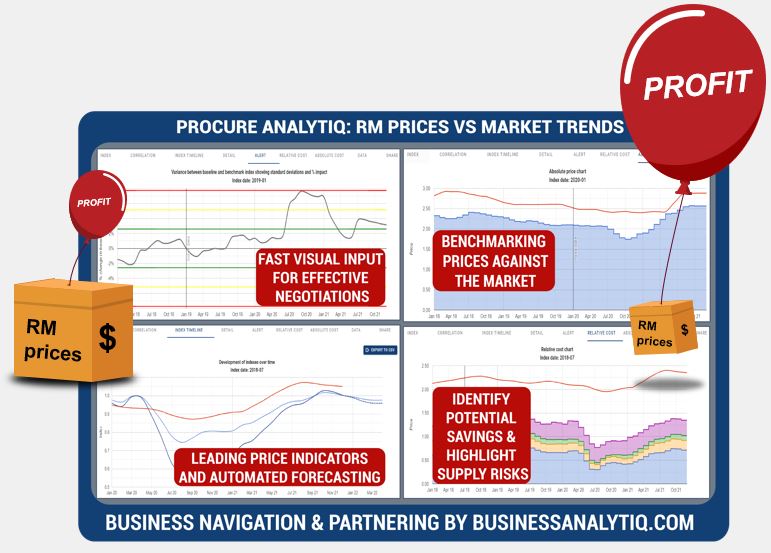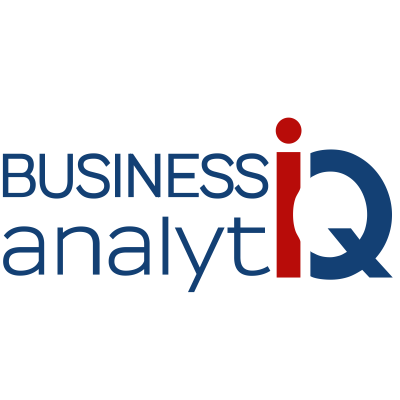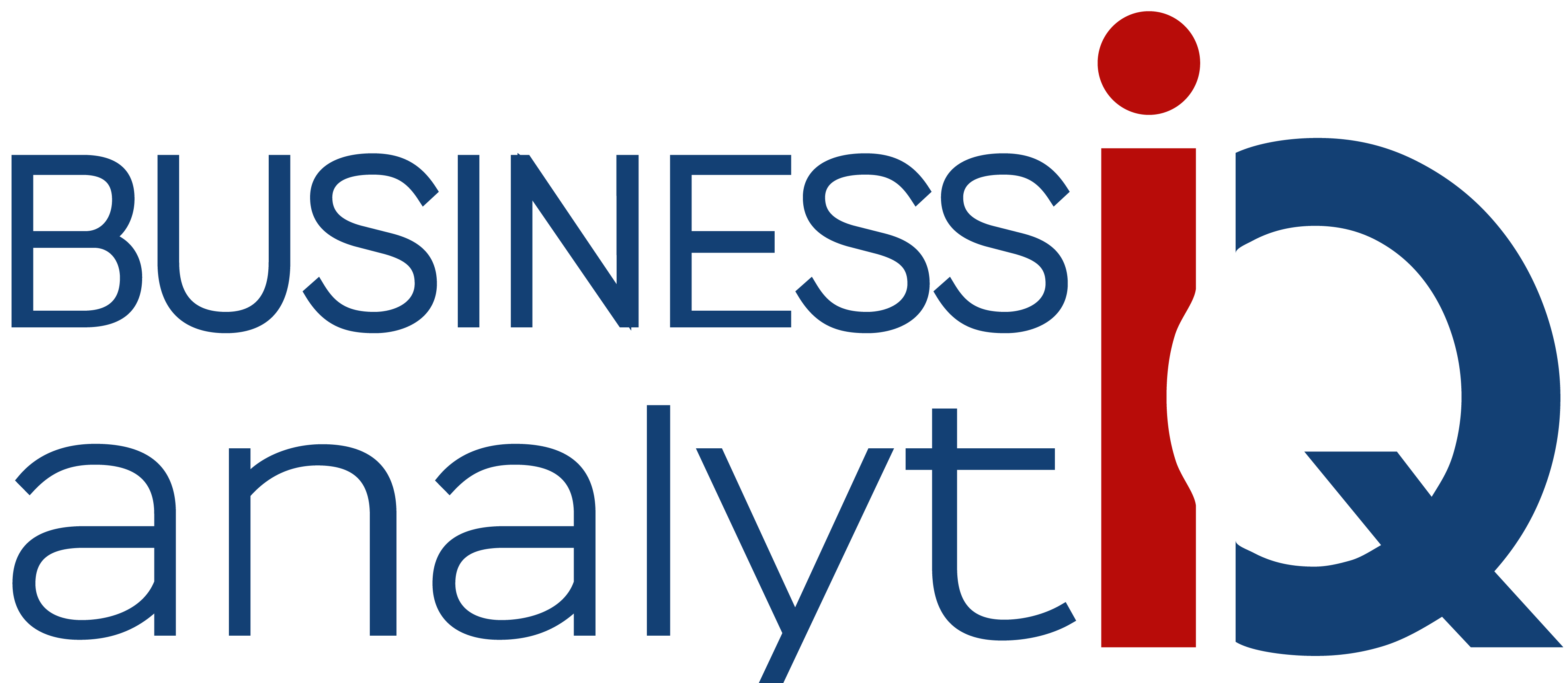Urea ammonium nitrate (UAN) price April 2024 and outlook (see chart below)
- North America:US$0.25/KG, unchanged
- Europe:US$0.29/KG, unchanged
Business Analytiq assumes no responsibility or liability for any errors or omissions in the content of this site. The information contained in this site is provided on an “as is” basis with no guarantees of completeness, accuracy, usefulness, or timeliness.
Urea ammonium nitrate (UAN) price index
This post is a summary of the Urea ammonium nitrate (UAN) price developments. The price developments of Urea ammonium nitrate (UAN) are expressed in US$ prices converted FX rates applicable at the time when the price was valid. Urea ammonium nitrate (UAN) price index developments are calculated from multiple separate sources of data to ensure statistical accuracy.
The outlook for Urea ammonium nitrate (UAN) prices, on the second tab, is generated from different inputs including:
- Very recent price developments of immediate cost drivers of Urea ammonium nitrate (UAN) prices
- Recent price developments of underlying feedstocks which drive the price of Urea ammonium nitrate (UAN)
- Market futures for both cost drives and feedstocks of Urea ammonium nitrate (UAN) prices
- Adjustment of current supply/demand imbalances in the Urea ammonium nitrate (UAN) market
- Longer term trends in likely demand conditions
Further information on the Urea ammonium nitrate (UAN) price index
What is Urea ammonium nitrate (UAN)
Urea ammonium nitrate (UAN) is a liquid fertilizer solution that contains a mixture of urea and ammonium nitrate. It is a commonly used nitrogen fertilizer in agriculture, as nitrogen is an essential nutrient for plant growth and development.
Urea is a white crystalline substance that is the most widely used nitrogen fertilizer in the world. It is composed of 46% nitrogen, which is released slowly as it is hydrolyzed in the soil. Ammonium nitrate is a white crystalline compound that is also widely used as a nitrogen fertilizer. It contains 34% nitrogen, and the nitrogen is released quickly upon contact with moisture in the soil.
The combination of urea and ammonium nitrate in UAN provides a balanced release of nitrogen, with some of the nitrogen being released quickly and some being released more slowly over time. This helps to promote healthy plant growth and development, as well as improve crop yield. UAN is typically applied to crops as a foliar spray or through irrigation systems.
How is Urea ammonium nitrate (UAN) produced
Urea ammonium nitrate (UAN) is produced by combining urea and ammonium nitrate in a liquid solution. The process typically involves the following steps:
Production of Urea
Urea is typically produced by reacting ammonia and carbon dioxide under high pressure and temperature, in a process called the Haber-Bosch process. This produces anhydrous (dry) urea.
Production of Ammonium Nitrate
Ammonium nitrate is typically produced by reacting ammonia with nitric acid, which produces ammonium nitrate as a white crystalline solid.
Mixing Urea and Ammonium Nitrate
The anhydrous urea and ammonium nitrate are mixed together in a tank with water to form a UAN solution. The proportions of urea and ammonium nitrate in the solution can vary, but commonly the ratio is 28% nitrogen as ammonium and 22% as urea, giving a total of 46% nitrogen in the UAN solution.
Stabilization
UAN is a solution with a tendency to undergo hydrolysis, particularly in warm weather. To prevent hydrolysis and loss of ammonia, stabilizers are typically added to the solution to prolong its shelf-life. Formaldehyde, dimethylurea, and ammonium thiosulfate are among the most common stabilizers.
Storage
The UAN solution is stored in tanks, typically made of stainless steel, plastic or fiberglass.
Transportation
UAN can be transported in bulk by truck, rail, or barge to locations where it is needed, such as agricultural fields or fertilizer distributors.
Overall, the production of UAN is a relatively simple process that involves mixing two dry fertilizers with water to form a liquid solution, with the addition of stabilizers to prevent hydrolysis and prolong shelf-life.
Which countries produce the most Urea ammonium nitrate (UAN)
The production of Urea Ammonium Nitrate (UAN) is a global industry, with several countries being major producers. According to data from the International Fertilizer Association, the top five UAN producing countries in the world are:
United States
The US is the largest producer of UAN, with an estimated production of over 10 million metric tons in 2020. The US is a major exporter of UAN, with significant volumes being shipped to Latin America, Europe, and Asia.
Russia
Russia is the second-largest producer of UAN, with an estimated production of around 4.5 million metric tons in 2020. Most of Russia’s UAN production is consumed domestically, although some volumes are exported to other countries.
China
China is the third-largest producer of UAN, with an estimated production of around 3.5 million metric tons in 2020. China is also a significant importer of UAN, particularly from the US.
Canada
Canada is the fourth-largest producer of UAN, with an estimated production of around 2.5 million metric tons in 2020. Most of Canada’s UAN production is consumed domestically, with some volumes being exported to the US.
Ukraine
Ukraine is the fifth-largest producer of UAN, with an estimated production of around 1.5 million metric tons in 2020. Ukraine is a significant exporter of UAN, particularly to other European countries.
Other countries with significant UAN production include Brazil, India, and Pakistan. The demand for UAN is influenced by several factors, including crop production trends, government policies, and fertilizer prices.
What types of UAN are there
Urea ammonium nitrate (UAN) is available in a few different types, distinguished by their nitrogen content and ratio of urea to ammonium nitrate. The most common types of UAN are:
28-0-0
This type of UAN contains 28% nitrogen, all in the form of ammonium, and no phosphorus or potassium. It is typically used as a foliar spray on crops, as it provides a quick source of nitrogen to boost plant growth and development.
30-0-0
This type of UAN contains 30% nitrogen, all in the form of ammonium, and no phosphorus or potassium. It is commonly used as a soil-applied fertilizer to provide a balanced source of nitrogen to crops over time.
32-0-0
This type of UAN contains 32% nitrogen, all in the form of ammonium, and no phosphorus or potassium. It is commonly used as a starter fertilizer for crops, as it provides a quick source of nitrogen to promote early growth and development.
28-0-0-5S
This type of UAN contains 28% nitrogen, all in the form of ammonium, and 5% sulfur in the form of ammonium sulfate. The addition of sulfur helps to improve the availability of other nutrients in the soil, such as phosphorus, and can also improve soil pH.
The choice of UAN type depends on the specific needs of the crop and the soil conditions. Some crops require more nitrogen than others, and the ratio of urea to ammonium nitrate can affect the release rate of nitrogen in the soil. Other factors to consider include the timing and method of application, as well as the presence of other nutrients in the soil.
How big is the Urea ammonium nitrate (UAN) market
The global UAN market size is influenced by a variety of factors, including crop production trends, availability of raw materials, and government policies related to agriculture and fertilizer use. According to a report by Mordor Intelligence, the global UAN market size was estimated at approximately 18.5 million metric tons in 2020, and is projected to reach a size of around 22 million metric tons by 2026, growing at a compound annual growth rate (CAGR) of about 3% during the forecast period.
The demand for UAN is driven by the need for high-efficiency fertilizers that can improve crop yields while minimizing environmental impact. This has led to an increased adoption of UAN in various regions, including North America, Europe, and Asia-Pacific. North America is the largest market for UAN, followed by Europe and Asia-Pacific. The U.S. is the largest producer and consumer of UAN globally, due to its large agricultural industry and high crop yields.
Overall, the global UAN market is expected to continue to grow in the coming years, driven by rising demand for food and increasing awareness of the importance of sustainable agricultural practices.
According to https://oec.world/ :
Urea-ammonium nitrate mixes in solution, pack >10 kg are the world’s 1707th most traded product.
In 2020, the top exporters of Urea-ammonium nitrate mixes in solution, pack >10 kg were Russia ($213M), Trinidad and Tobago ($197M), Netherlands ($140M), Lithuania ($129M), and United States ($124M).
In 2020, the top importers of Urea-ammonium nitrate mixes in solution, pack >10 kg were United States ($371M), France ($278M), Argentina ($84.7M), United Kingdom ($80.3M), and Australia ($52.8M).
Further reading
Business Analytiq
BE THE FIRST TO SEE RISK AND OPPORTUNITY!
BusinessAnalytiq provides unlimited market trend data and an online tools to track market developments, key benchmarks & leading indicators.
BusinessAnalytiq leads to price visibility, better negotiations, easier budgeting and forecasting, lower raw material prices, and improved better internal and external communication. BusinessAnalytiq will decrease risk and higher profit.

Where does the data come from?
- The source of the data are exclusively public non-confidential sources. We have no access to primary data
- This the index trend of the price trend of the "product category" in general, and not a single specification of the product in particular
- The data is a combination of contract and spot pricing
- Our algorithms are set up to eliminate significant product mix impact on the reported price
- We combine public publications, import/export records, trading prices, company announcements, magazine articles, tweets, and other sources of ad-hoc public information.
- The chart shows the our best approximation of the market trend based on our algorithm interpretation of the signals
- For most indexes we have multiple sources and we focus on using statistically-correlated sources
- As a function of our automation, it is likely that recent trends will be adjusted as we discover more information. So, for example, the price trend for February 2024 will be first calculated in February 2024 and adjusted in March, April and May 2024.
- We will update the data trend as more information becomes available, and this means that recent trends will always be adjusted as we get more data available
- The algorithm will regularly revise our understanding of market trends, and indicated market trends may change
- The data is presented in US$. The UOM of measure is shown in the Index list table
- Our automated software and we do our best to create an accurate representation of the trend
Where does the data NOT come from?
- We do not purchase data from any other source and republish it.
- We will not purchase data from any other source and republish it
- We do not extrapolate trends, even for the forecast. We look for other market signals and leading indicators
What data should our company use?
- If you are making decisions driving significant share of profit, we always recommend that you buy data from the companies who invest in direct primary market access such as ICIS, amongst many others
- Our data, at best, represents an estimate of the market trend based on public information
- We have no direct access to the market, and we do not interview suppliers and customers
- Our automated analysis tools in the online software are set up to combine our data with other sources of data
- We do not recommend that you use our data for direct price mechanisms, as we may change and improve the data trends over time, including historical data
What does the quality indication in the main menu mean?
- Quality level A: Data is from a reliable and confirmed source
- Quality level B: Data is from multiple credible sources and there are no major statistical inconsistencies between them
- Quality level C: Data is from multiple credible sources and there are some statistical inconsistencies between them
- Quality level D: Data is from a single credible source, but we cannot verify the data
- Quality level E: Data is either:
- From a single source, which we consider reliable, but we cannot verify the data.
- From 2 or more sources which have some periods of contradicting trends.
- Quality level F: Data is from a single source which we consider indicatively correct, but the data is anecdotal and we cannot verify the data.
What are the disclaimers?
- We assume no responsibility or liability for any errors or omissions in the content of this site.
- The information is provided on an “as is” basis with no guarantee of completeness, accuracy, usefulness, fitness for purpose or timeliness.
- By their nature, outlooks are always uncertain
How often do we update the data?
- We aim to update the data series on the 9th and 24th of each month (but we do not always make it for each chart)
- The data for the current month and recent history are fine-tuned over time.
What are we doing to improve the data?
- We are continually improving our data collection and processing methods
- Pricing data will be updated from time to time as we improve the accuracy
- We are reviewing all data sources in the first half of 2024.
- There will be continuous fine-tuning of the trend and forecast algorithm as part of that.
- The key focus in 2024 is to add many additional indexes
How can i give feedback on the data or request for new indexes
- Feel free to contact us if you have a specific request. You can reach us via the Contact us page

